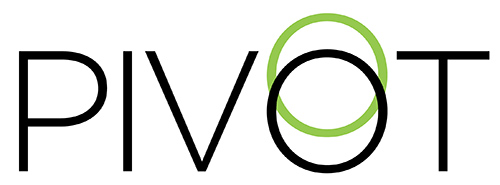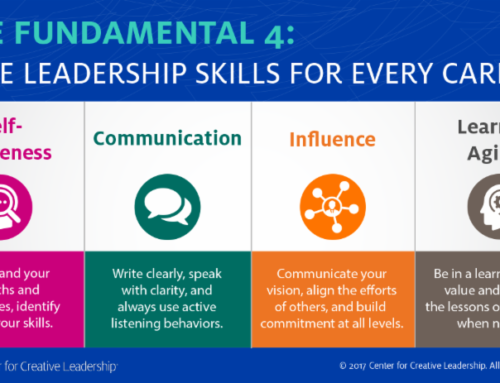I feel more and more hopeful about the future every day. Why? Young people.
All over the world, youth and young adults are stepping up to the challenges we face today, and are organizing to take action using the digital technologies that they’ve grown up with. The results are often very impressive.
In the wake of this new era of activism, however, inside our existing structures and organizations perhaps the biggest challenge is succession planning in the midst of rapid generational turnover.
Estimates vary a bit, but it’s not far off to say that Millennials (those born between 1981 – 1996) will make up 50% of the workforce by 2020. And the older members of Gen Z (born 1996 – 2010, about 61 million people) are now beginning to enter the workforce.
The starting bell rang quite a while ago – time to get moving! I truly believe the difference between successful and failure – between an organization flourishing or floundering and then disappearing – will be active succession planning.
- Provide active coaching for current leaders. Current leaders often need help navigating the challenges of integrating multi-generational teams. They also often need help managing their own feelings about letting go and moving into mentoring and coaching roles.
- Toss out outdated models. For organizations that have operated in a top-down mode where you have to “put in your time” to work on the most interesting or lucrative or innovative projects, Step 1 will be chucking that entire model. Those organizations have undoubtedly already lost many talented 30-something Millennials over the past few years. The brain drain won’t stop until outdated models are changed.
- Offer active leadership development and internal career advancement. I’ve lost count of how many times I’ve heard, “Why should I invest in these young people? They’re just going to leave.” The irony is, they’re leaving because they’re not being given any reason to believe the organization will ever invest in them, or offer them a chance to do new work, or support them in learning new skills.
Recruiting and retaining Millennials and GenZ will be the key to survival and success for businesses, nonprofits, and government agencies alike, but for that to happen, we’ve got to engage immediately in creating succession strategies and multi-generational leadership development. Telling “the kids” to simply wait their turn is not going to work.





